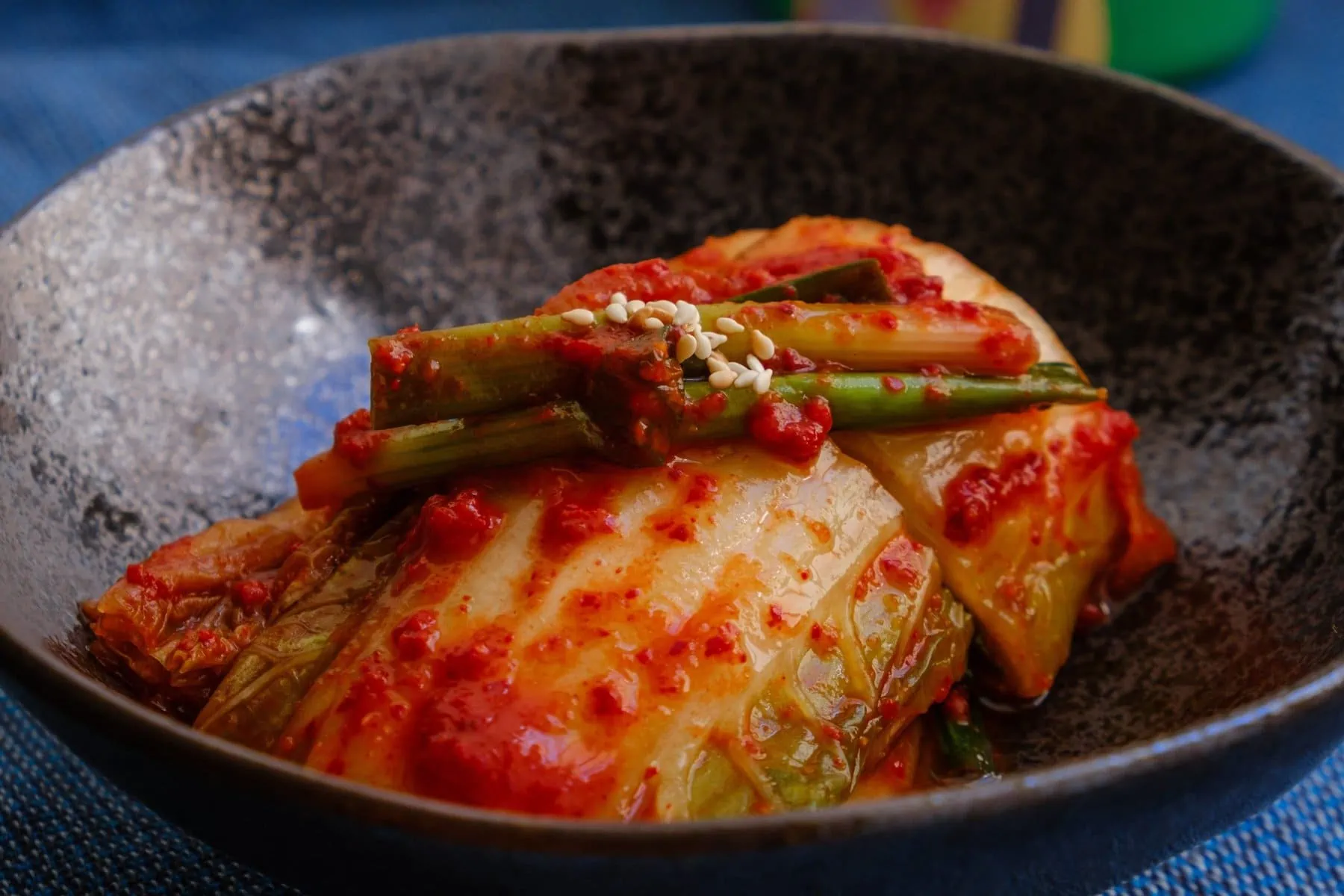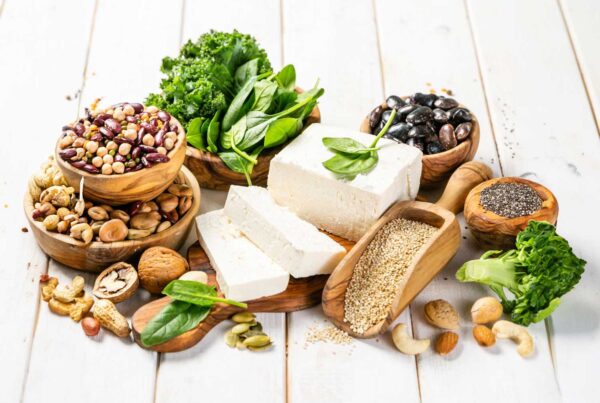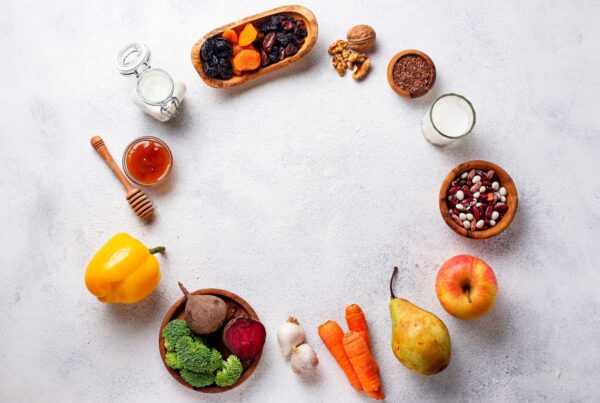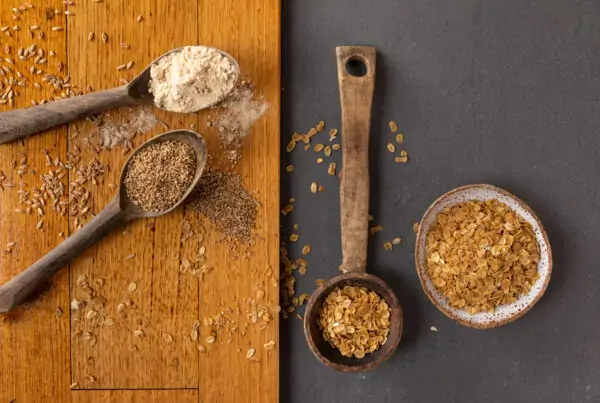In 1943 Australian diggers fighting the Japanese army in New Guinea were in for at least one surprise when they started eating American GI rations. These rations included sauerkraut.
You can imagine the surprise of the 1943 Aussie digger brought up on meat and two veg being confronted with this pickled fermented cabbage. Certainly, a surprise to the digger but also a significant benefit to his gut health given the Australian army rations at that time. As long as the sauerkraut in question had not been heat treated it would have contained probiotics.
1943 were the days before the terms ‘prebiotics’ and ‘probiotics’ were used. But many cultures knew about the benefits of fermented foods such as sauerkraut and ate such foods.
These days in Australia yoghurts are probably the item mostly associated with a source of probiotics. However, as the 1943 diggers found out there are also a large number of other sources of probiotics.
Maybe it might be time to consider these other sources of probiotics and if nothing else give your taste buds something different as you benefit your gut health?
These alternative sources of probiotics include kim chi, natto, tempeh, and fermented tofu, as well as the aforementioned sauerkraut, and more, each with a ‘distinctive’ taste.
The question that intrigues me is how did people start eating these foods. In the case of kim chi and sauerkraut the answer is probably preservation of vegetables for eating over winter. In other cases, there presumably was accidental contamination of the food by the micro-organism and people found that such contamination improved the taste and/or texture.
My experience is that in Korea, kim chi comes with all meals. In Japan, natto is normally eaten with breakfast, with rice. The same with fermented tofu, normally with rice or as part of the rice porridge/congee. Sauerkraut seems to be typically eaten at breakfast.
Some people find the sourness of kim chi off-putting. If so, then see if your local Korean grocer has some just-made, not very fermented kim chi. The taste and texture is distinctly different to that of the pre-made kim chi normally found in supermarkets.
It’s worth remembering though, that if the food has been cooked or heat treated it is likely that the probiotic bacteria have been killed too.
A final note…
Another military connection with these probiotics is the 1975 episode of MASH (Mobile Army Surgical Hospital) TV series entitled ‘Of Moose and Men’. In this episode, Major Burns sees some Koreans burying a bomb which turns out to be a kim chi pot. Hawkeye’s explanation is “They ferment it in the ground. There are millions of these buried all over Korea.”
Intended as general advice only. Consult your health care professional to discuss any specific concerns.




